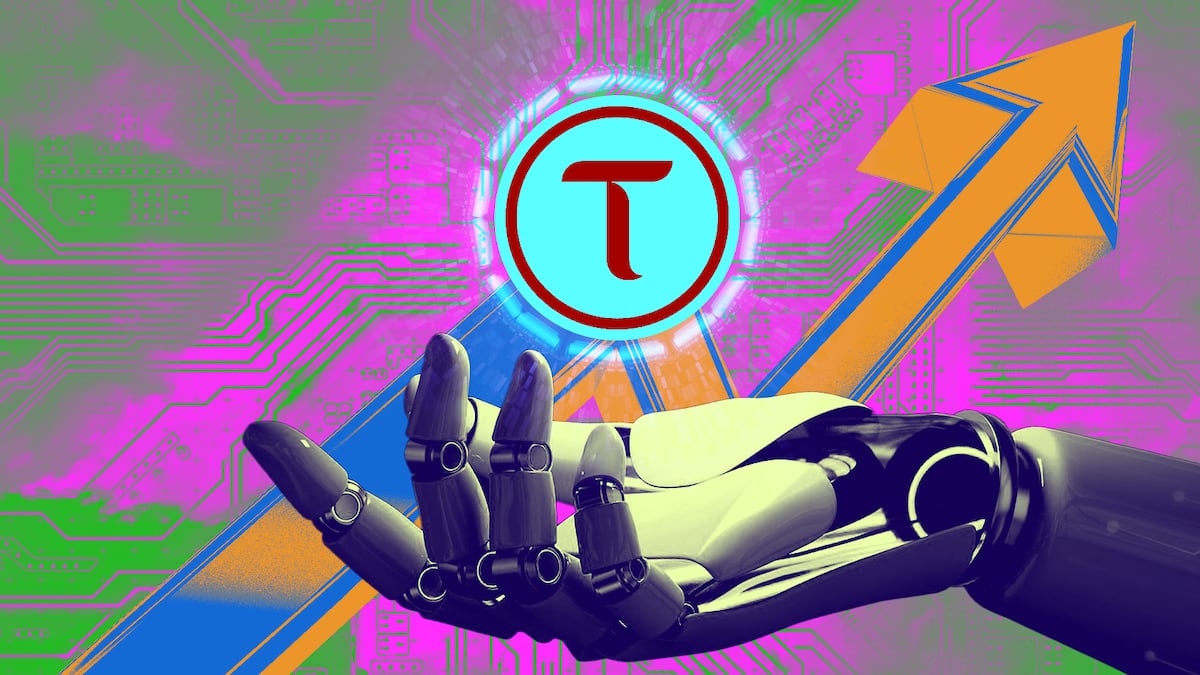- Bittensor's subnet registration cost soared to $6.7 million, a 10,000% increase.
- High registration costs and a cap on subnets are sparking debates on innovation and network expansion within Bittensor.
- Proposals to increase subnet numbers face concerns about diluting quality and attracting profit-driven registrations.
As the AI hype in crypto continues to heat up, the cost to register a subnet on the leading AI-related network, Bittensor, has reached $6.7 million — its highest price ever
Subnets are specialised networks integrated with the Bittensor blockchain, featuring their own miners and validators who carry out unique tasks, often related to AI. By deploying subnets, projects can tap into daily TAO emissions — issuance of the network’s token — and engage a dedicated community of miners to execute specific tasks designated by the subnet.
Just last month the cost to register a subnet was 100 TAO, or $53,000. It’s gone up by more than 10,000% over the last month, reaching 10,127 TAO — $6.7 million — as of yesterday.
This meteoric rise is driven by an explosion of AI projects registering subnets on Bittensor, seemingly to get in front of an eager community and a portion of the 7,200 TAO emitted daily.
Every time a project registers a subnet the cost to register is doubled, and if no one registers, the price halves linearly over four days.
The current costs are out of reach for even well funded ventures, leading to discussions on the rising costs of subnet registration.
Some analysts worry that the current cap on subnets within the Bittensor network could be stifling innovation, suggesting that the high costs associated with the subnet registration are hindering experimentation.
This plan would see the total number of subnets rise from 32 to either 48 or 64, or removed altogether.
While others point out that such an expansion could lead to a surge in subnet registrations by entities primarily motivated by the prospect of receiving TAO emissions, thereby diluting the quality and purpose of the network.
What is Bittensor, the leading AI network
Bittensor is a blockchain that operates similarly to other proof-of-stake blockchains, utilising a decentralised network of validators to validate transactions, with users transacting using the TAO token.
Where it differs is that it also has 32 subnets that each have their own set of miners and validators. The miners and validators on subnets are not like we know them on blockchains, instead, on subnets, validators provide tasks that miners must complete.
Although the subnets all connect to the main blockchain, they all have their own distinct purposes and while many of them are AI-related, they do not need to be.
Subnet 28, or the S&P 500 Oracle, has validators send miners a specific time in the future by which miners must make a price prediction on the S&P 500.
Subnet 2, or BitTranslate, works by having validators forward text sent by users to miners to translate into another language.
On subnets, miners and validators are graded based on the tasks set by each subnet, with the top performing miners and validators receiving a higher portion of TAO rewards than poor performers. The competition helps ensure that tasks are completed as accurately and quickly as possible.
There is additional competition between each subnet as the subnets are graded by how much activity is generated on each subnet. Subnets that have a lot of activity are rewarded the most, ensuring that TAO emissions go to where demand is strongest.
When a new subnet registers, the worst performing subnet, measured by the TAO emissions received, is deregistered, with the fee they paid to register returned to them.
Each day 7,200 TAO is emitted to subnets, and consequently, miners and validators. 18% is given to the subnet owner, 42% to miners and 42% to validators.
Addressing rising subnet costs
In the wake of soaring subnet registration costs on the Bittensor network, the community stands at a crossroads.The crux of the matter lies in balancing growth and innovation with the integrity and purpose of the ecosystem.
As the network contemplates adjusting its cap on subnets, concerns have been raised about the potential for abuse, with some parties possibly looking to exploit the system for short-term gains rather than contributing long-term value.
The fear is that by increasing the number of subnets, it might encourage a behaviour where entities register subnets primarily to harvest TAO emissions, without genuinely contributing to the network’s development or offering valuable services.
Other suggestions have been to burn a portion of the registration fee.
Introducing this non-refundable cost could deter entities looking for quick gains, potentially reducing the overall number of new subnet registrations and ultimately to cost to register.
Got a tip about DeFi? Reach out at ryan@dlnews.com.


